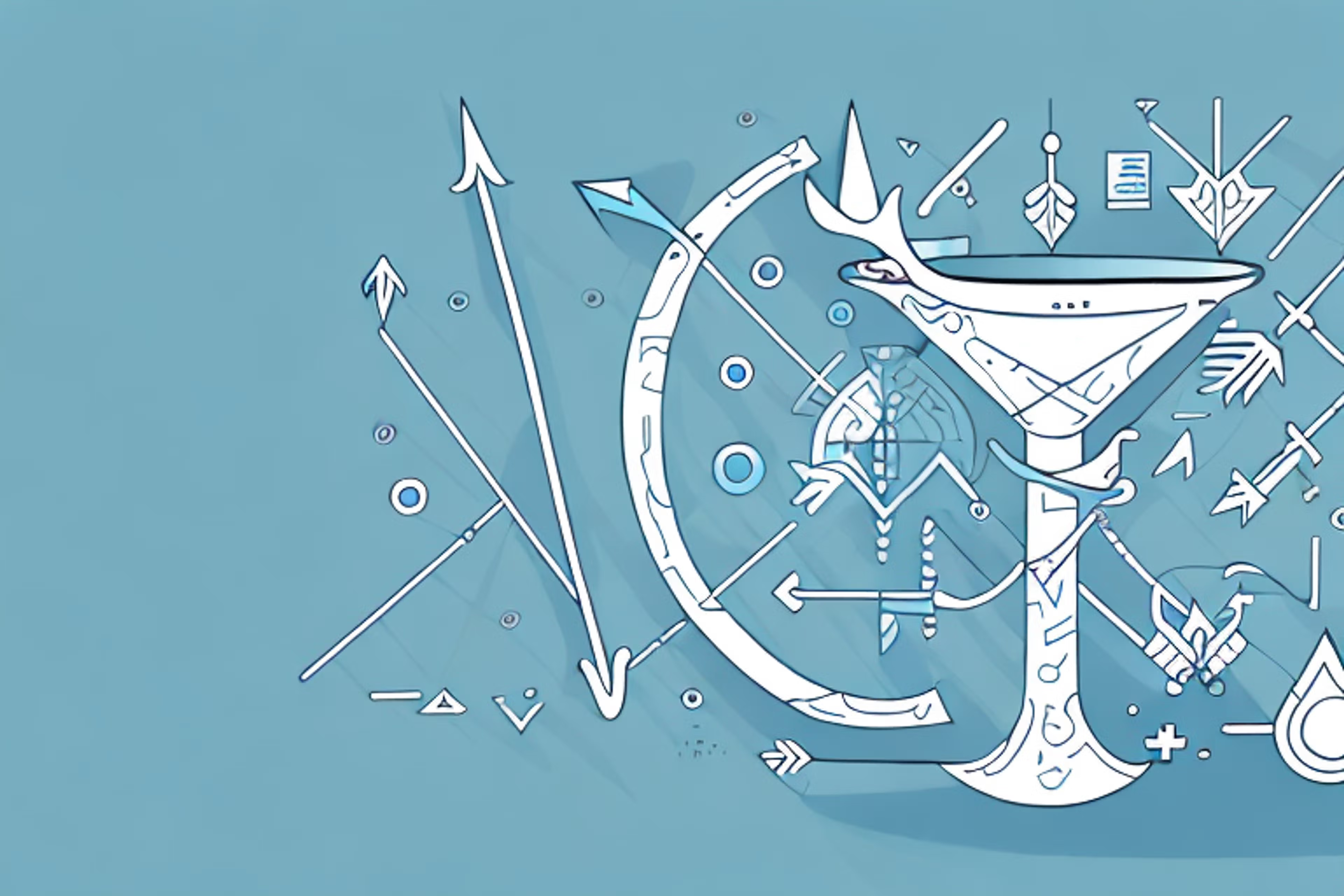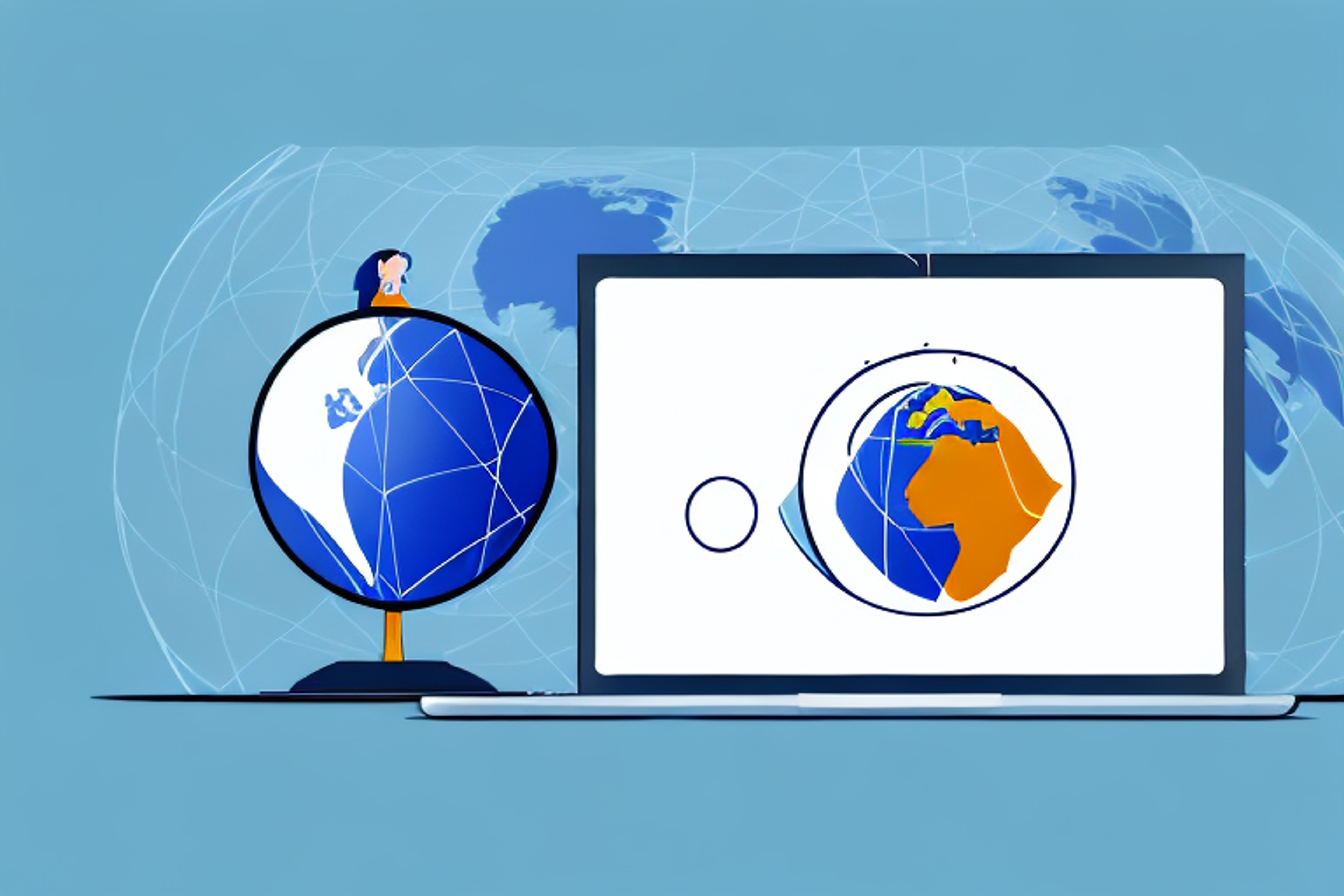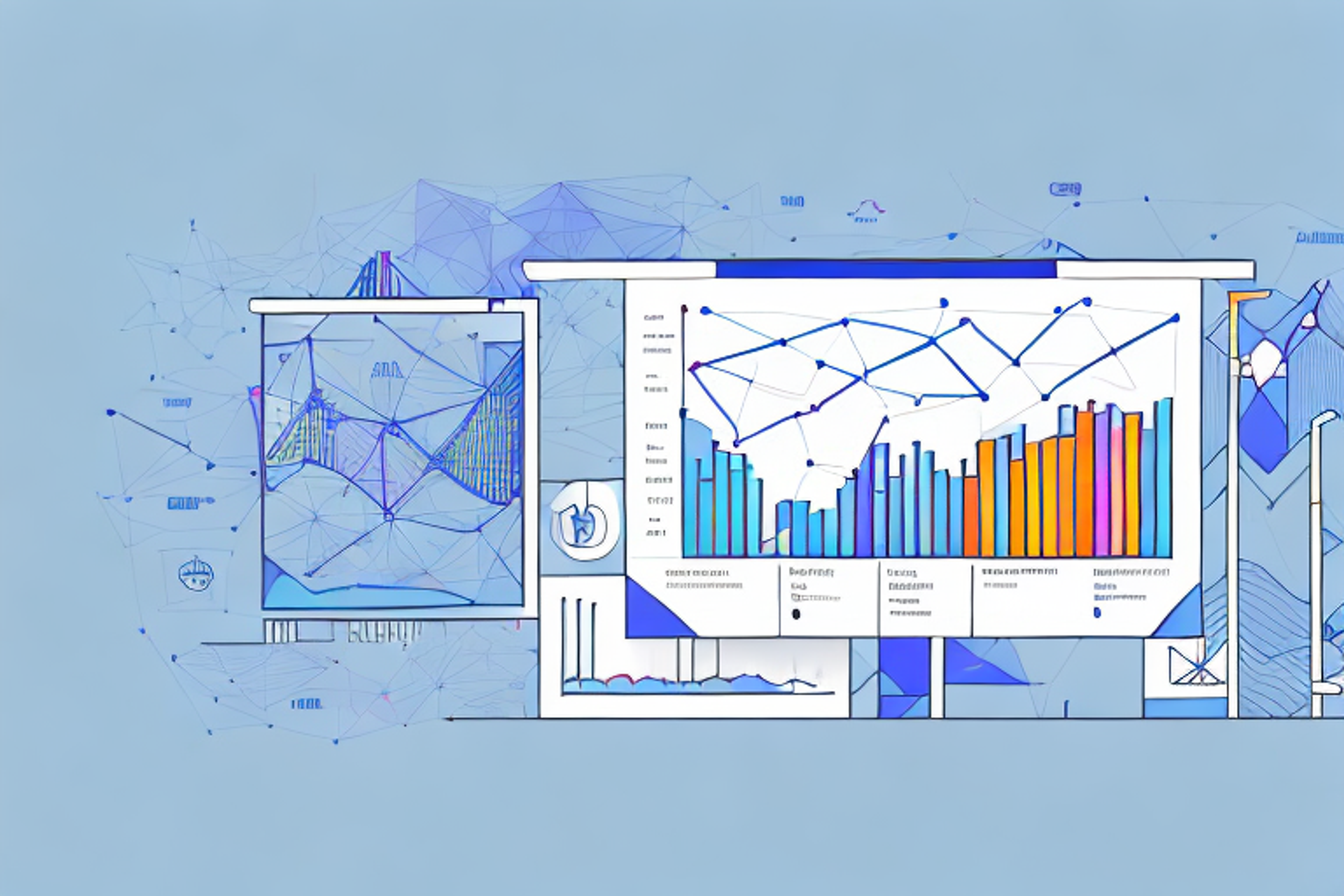Demand Generation Vs. Lead Generation: A Comprehensive Exploration of the Science and Art of Customer Acquisition
Discover the key differences between demand generation and lead generation in this comprehensive exploration of customer acquisition.
Posted March 6, 2025

Table of Contents
If you're looking to grow your business and acquire new customers, you've likely heard the terms "demand generation" and "lead generation." While the two concepts are often used interchangeably, they actually refer to different aspects of the customer acquisition process. In this article, we'll take a deep dive into the science and art of customer acquisition, exploring the key differences between demand generation and lead generation, their respective roles in business growth, and the most effective strategies for implementing both.
Understanding the Key Differences between Demand and Lead Generation
Before we dive into the specifics of each type of customer acquisition, it's important to understand what sets them apart. Put simply, demand generation focuses on creating interest and awareness about your product or service among a broad audience, while lead generation is about identifying individuals who are interested in your product or service and nurturing those leads until they're ready to make a purchase.
Think of demand generation as casting a wide net in order to drum up interest in your business, while lead generation is a more targeted approach that seeks to identify and engage the individuals who are most likely to become customers.
The Importance of Customer Acquisition in Business Growth
Whether you're running a startup or managing an established business, customer acquisition is critical to your success. Without a steady stream of new leads and customers, your business will struggle to grow and stay competitive in today's market.
That's why it's important to approach customer acquisition from both a demand and lead generation perspective. By building awareness and interest among a broad audience, you can ensure that your business is top-of-mind when potential customers are in the market for your product or service. But it's also important to have a focused strategy for identifying, engaging, and converting high-quality leads into paying customers.
The Role of Demand Generation in Customer Acquisition
In order to attract and engage a broad audience of potential customers, it's important to have a strong demand generation strategy in place. This might include creating valuable content that addresses your customers' pain points and interests, leveraging social media to build awareness and engagement, and investing in advertising and other paid channels to reach a wider audience.
The goal of demand generation is to create an ecosystem that generates ongoing interest and awareness about your product or service, laying the groundwork for future sales.
The Role of Lead Generation in Customer Acquisition
While demand generation focuses on creating awareness and interest among a broad audience, lead generation is all about identifying and engaging the individuals who are most likely to become paying customers. This might involve creating targeted content and advertising campaigns, developing lead magnets that incentivize prospects to provide their contact information, and leveraging tools like email marketing and lead scoring to nurture leads until they're ready to make a purchase.
The key to effective lead generation is understanding your target audience and meeting them where they are in their customer journey. By providing valuable content and personalized messaging, you can build trust and establish a relationship with your prospects, increasing the likelihood that they'll become paying customers.
The Science of Demand Generation: How to Create Awareness and Interest Among Prospective Customers
So how can you create awareness and interest among a broad audience of prospective customers? There are a number of strategies you can use to build a robust demand generation program, including:
- Developing valuable content that addresses your customers' pain points and interests
- Leveraging social media to engage with and build a following among your target audience
- Investing in paid advertising and other channels to reach a wider audience
- Creating a referral program to incentivize your existing customers to spread the word about your business
By implementing these strategies, you can build awareness and interest among a wide pool of potential customers, setting the stage for future sales and revenue growth.
The Art of Lead Generation: How to Convert Prospects into Leads
While demand generation lays the groundwork for a successful customer acquisition strategy, lead generation is the art of converting prospects into leads and ultimately into paying customers. There are a number of tactics that can be effective for lead generation, including:
- Creating targeted content and advertising campaigns that speak directly to your prospects' pain points and interests
- Offering lead magnets, such as free trials or educational resources, to incentivize prospects to provide their contact information
- Leveraging email marketing and lead scoring to nurture leads until they're ready to make a purchase
- Personalizing your messaging and outreach to build rapport with your prospects and establish trust
By focusing on these tactics, you can identify and engage the high-quality leads who are most likely to become paying customers, driving revenue and growth for your business.
Effective Demand Generation Strategies for B2B Businesses
If you're running a B2B business, demand generation can be particularly challenging. After all, you're not just trying to attract individual consumers - you need to appeal to a variety of decision-makers and stakeholders within your target companies.
To be effective at B2B demand generation, you need to understand your target customers' pain points and interests, and develop content and campaigns that speak directly to those needs. You might also want to consider partnering with complementary businesses or offering discounts for referrals, as these strategies can help you tap into existing networks and generate new leads.
Effective Lead Generation Strategies for B2C Businesses
For B2C businesses, the key to effective lead generation is understanding your customers' buying journey and providing the right incentives and messaging at each stage. This might involve creating targeted advertising campaigns based on user behavior and interests, offering discounts or free trials to encourage sign-ups, and developing email marketing campaigns that provide personalized messaging and content based on users' preferences and needs.
The Top Tools and Technologies for Demand and Lead Generation
There are a number of tools and technologies available to help you streamline your demand and lead generation efforts and maximize your success. These might include:
- Marketing automation platforms that can help you automate your lead nurturing and scoring processes
- CRM systems that can help you track and manage your leads and customer interactions
- Social media and advertising platforms that can help you target and engage your ideal customers
By investing in the right tools and technologies, you can take your demand and lead generation efforts to the next level, driving growth and revenue for your business.
How to Measure the Success of Your Demand and Lead Generation Campaigns
No matter how strong your demand and lead generation efforts are, it's important to track and measure your results in order to optimize your strategy and drive ongoing growth. There are a number of metrics you can use to evaluate the success of your campaigns, including:
- Lead conversion rates and customer acquisition costs
- Website traffic and engagement metrics, such as bounce rates and time on site
- Email open and click rates, as well as conversion rates for specific campaigns
By tracking these metrics and making data-driven decisions about your customer acquisition strategy, you can continue to hone your approach and drive long-term success.
Common Mistakes to Avoid in Your Demand and Lead Generation Efforts
While demand and lead generation can be powerful tools for driving growth and revenue, there are a number of common mistakes that businesses make when implementing these strategies. These might include:
- Not targeting the right audience or failing to understand your customers' specific pain points and interests
- Investing too heavily in one type of customer acquisition (such as demand generation) at the expense of others
- Not investing enough in content marketing or failing to provide valuable and informative content to your target audience
- Not leveraging the right tools and technologies to streamline your efforts and maximize your results
By avoiding these mistakes and taking a thoughtful, data-driven approach to your customer acquisition efforts, you can chart a course to long-term success and growth for your business.
Integrating Your Demand and Lead Generation Efforts for Maximum Results
While demand and lead generation are often thought of as separate strategies, they're actually two sides of the same coin. To achieve maximum results and drive ongoing growth for your business, you need to integrate your efforts across these two areas.
This might involve developing a cohesive content marketing strategy that spans both demand and lead generation, using social media and other channels to create awareness and interest while also nurturing high-quality leads until they're ready to make a purchase. It might also involve leveraging marketing automation and other tools to streamline your efforts and create a seamless, integrated customer acquisition process.
Case Studies: Examples of Successful Demand and Lead Generation Campaigns
Finally, it's worth taking a look at some real-world examples of successful demand and lead generation campaigns. These case studies can provide valuable insights into the strategies and tactics that drive results, and offer inspiration for your own customer acquisition efforts.
For example, you might look at companies like HubSpot, which has built a robust inbound marketing engine that combines content marketing, social media, and lead generation to drive ongoing growth and revenue. Or you might examine businesses like Dropbox, which has used targeted advertising and referral programs to rapidly grow its user base and achieve massive success in a crowded market.
By studying these case studies and adapting the strategies and tactics that have proven successful, you can create a demand and lead generation program that drives results for your business.
Conclusion
Demand generation and lead generation are critical components of any successful customer acquisition strategy. By understanding the key differences between these two approaches and developing a cohesive, integrated approach to customer acquisition, you can attract, engage, and convert high-quality leads into paying customers, driving long-term growth and success for your business.











